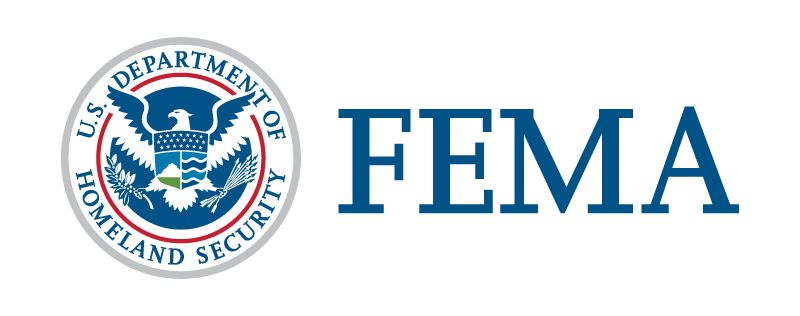BLUF: High-ranking FEMA and state officials visit Crisfield, Maryland, to assess the flood mitigation strategies developed under the BRIC-DTA program.
OSINT:
Senior Federal Emergency Management Agency (FEMA) and Maryland Department of Emergency Management (MDEM) members toured Crisfield, Maryland, witnessing firsthand the town’s flood-related challenges. A coastal town often hit by flooding, Crisfield is developing a strategic response through FEMA’s Building Resilient Infrastructure and Communities (BRIC)- Direct Technical Assistance (DTA) program.
The support from the BRIC-DTA program, extending up to three years, includes devising a plan to reduce flood risks by improving infrastructure, applying natural solutions, and incorporating community input for a fair resolution. The city plans to apply for a BRIC grant to finance their outlined projects.
FEMA emphasizes 2021 as the “Year of Resilience,” working towards enhancing disaster preparedness. Victoria Salinas, FEMA’s Senior Official expressed the beneficial outcomes when governmental layers coalesce to address such issues, while MaryAnn Tierney, FEMA Region 3 Regional Administrator highlighted the DTA program’s crucial role in local capacity building.
FEMA leaders were accompanied by the MDEM, echoing their importance in ensuring the mitigation strategy satisfies state priorities. MDEM Secretary Russ Strickland reaffirmed their commitment to resilience and sustainability. Crisfield, one of the earliest BRIC-DTA communities in Region 3, is now one of 74 nationwide.
RIGHT:
The libertarian approach sees the state and FEMA’s involvement in mitigation work as aggrandizing federal overreach, even with the noble cause of community resilience. Government intervention should be the last resort, not the first step. The private sector’s potential for providing effective, efficient responses to such challenges should not be undermined. Fiscal responsibility is key, and thus taking federal grants for local projects could be viewed as simply shifting the taxpayer burden rather than genuinely resolving the issue.
LEFT:
From a National Socialist Democrat perspective, this visit represents a positive use of government action to address key climate change concerns. They laud this active involvement of state and federal agencies in local affairs to address flood risks. Encouraging state-federal cooperation and funding grants for community infrastructure are considered critical to levelling the playing field for smaller towns. The intention to ensure mitigation strategies are inclusive and equitable fits nicely with their social justice ethos.
AI:
Analyzing the information, it appears that Crisfield is actively seeking solutions to recurring flooding problems under the FEMA and MDEM’s guidance. This multi-layered government cooperation is a complex but potentially effective response to climate change-related issues. However, it’s crucial to monitor the projects’ implementation and assess the overall cost-efficiency, considering various perspectives. Ultimately, resilience should be fostered through sustainable and economically viable methods. The challenge is to equilibrate between harm reduction, equitable solutions, and fiscal responsibility.

